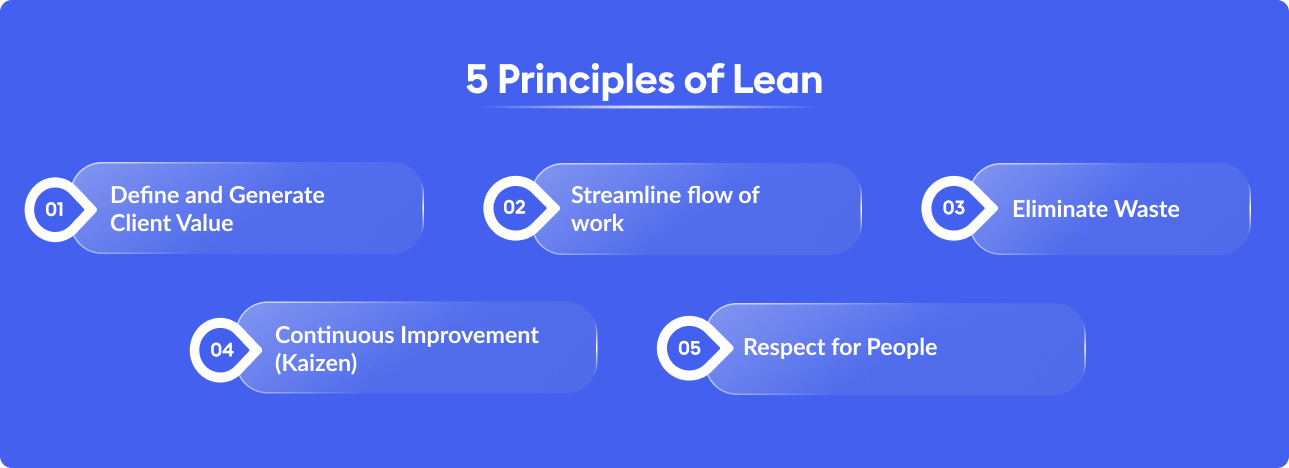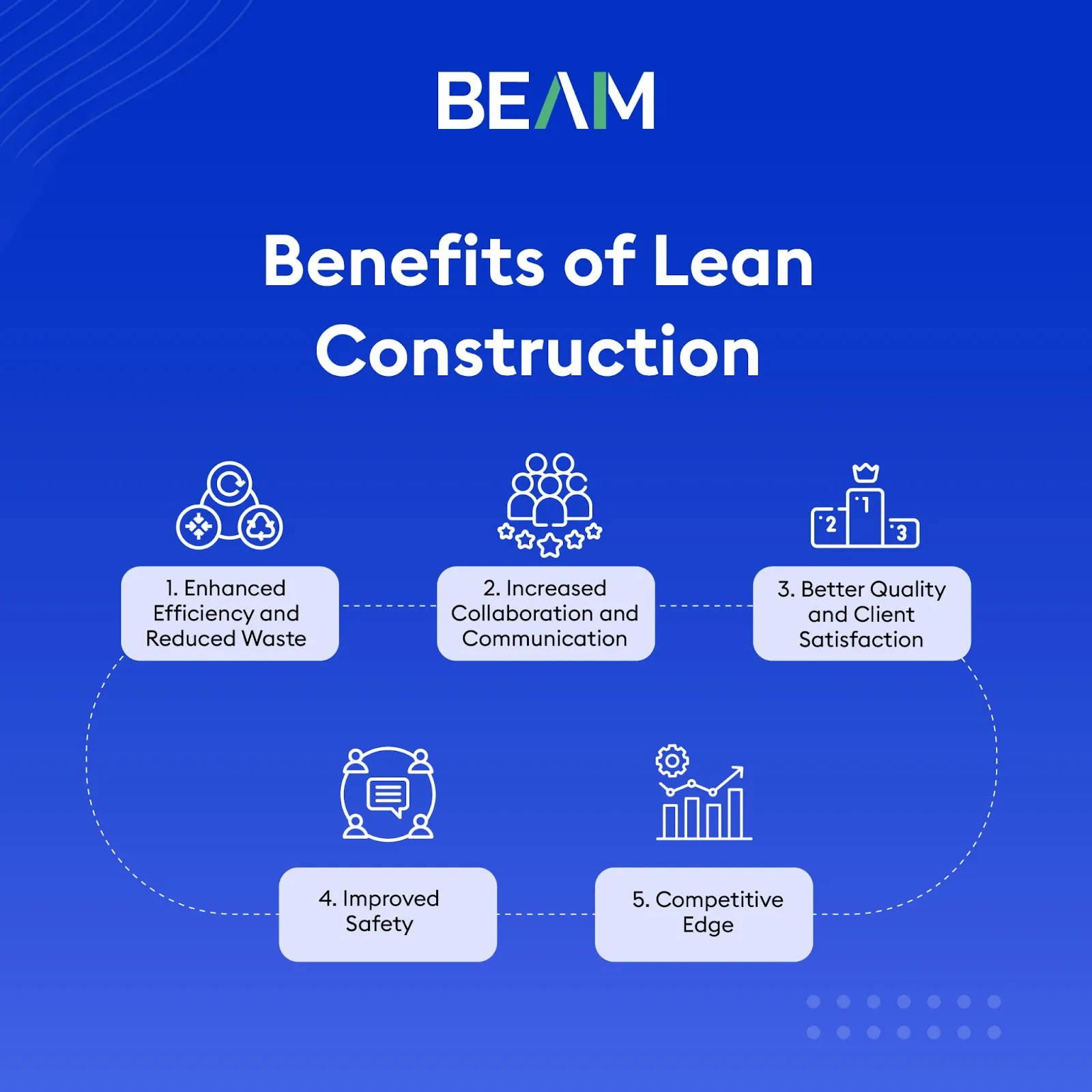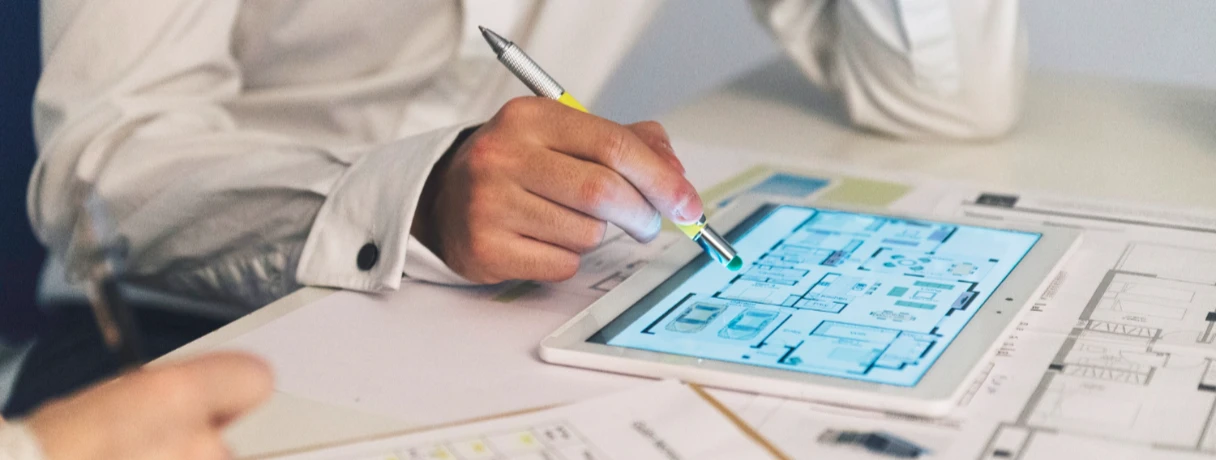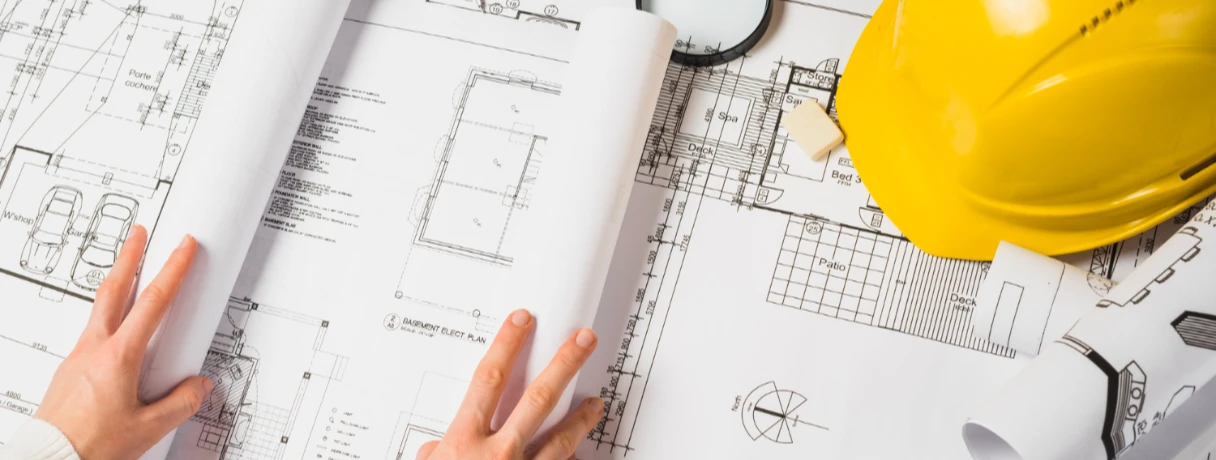Why Lean Construction Matters
- Nearly 80% of large construction projects face delays or cost overruns (McKinsey).
- Traditional methods often treat project phases as isolated, leading to inefficiencies.
- Lean Construction integrates people, processes, and technology to focus on value.
- Emphasizes collaboration, waste reduction, and continuous improvement for optimized outcomes.
What is Lean Construction?
- Lean Construction is a methodology aimed at boosting efficiency and quality in construction projects.
- It reduces waste, streamlines processes, and encourages ongoing improvement.
- Inspired by lean manufacturing, it emphasizes:
- Delivering client-defined value
- Creating smooth workflows
- Working based on demand
- Continuously striving for excellence
- Every process step from material handling to scheduling is optimized to eliminate inefficiencies.
- The Lean Construction Institute (LCI), founded in 1997, has promoted global adoption, driving faster, cost-effective, and high-quality project delivery.
5 Core Principles of Lean Construction

1. Generate Value
- Value is defined by the client, not the contractor.
- Focus resources on what truly matters to the client.
- Example: In healthcare facility projects, value may mean optimizing care pathways; every design or material choice should support that goal.
2. Streamline Flow of work
- Smooth, uninterrupted workflows reduce delays and idle time.
- Tools like the Last Planner System (LPS) coordinate interdependent trades effectively.
- Each team moves in exactly when needed, minimizing confusion and bottlenecks.
3. Waste Reduction
- Lean identifies eight wastes (DOWNTIME):
- Defects, Overproduction, Waiting, Non-utilized talent, Transportation, Inventory, Motion, Over-processing
- Strategies like Just-In-Time (JIT) delivery reduce clutter, prevent damage, and improve site organization.
4. Continuous Improvement (Kaizen)
- Lean is a mindset, not a one-time fix.
- Regular assessments and small adjustments drive better performance.
- Methods like PDCA (Plan-Do-Check-Act) and weekly stand-downs encourage field workers and managers to identify improvements.
5. Respect for People
- People are the most valuable resource in any project.
- Input from all levels: designers, tradespeople, managers is essential.
- Fosters accountability, safety, and a culture of collaboration.
The 8 Wastes in Lean Construction (DOWNTIME)
Lean identifies eight common forms of waste that erode efficiency and profit margins:

- Defects: Rework from errors like incorrect dimensions or material mismatches.
- Overproduction: Producing work or components before they are needed.
- Waiting: Idle time due to delayed tasks or materials.
- Non-Utilized Talent: Ineffective use of worker skills.
- Transportation: Excessive movement of materials or equipment.
- Inventory Excess: Overstocking leading to damage or storage issues.
- Motion: Unnecessary worker movement from poor site layout.
- Over-Processing: Doing more than the client values, e.g., excessive finishes.
Eliminating these wastes boosts productivity, reduces costs, and improves quality.
Benefits of Lean Construction

- Enhanced Efficiency and Reduced Waste: Cuts non-value-added activities, reduces downtime, and accelerates project delivery.
- Increased Collaboration and Communication: Tools like LPS align teams, timelines, and responsibilities.
- Better Quality and Client Satisfaction: Client-defined value ensures projects meet expectations; methods like Target Value Delivery (TVD) balance cost, quality, and goals.
- Improved Safety: Organized, clutter-free sites (5S methodology) reduce accidents.
- Competitive Edge: Companies report up to 84% higher quality, 80% better client satisfaction, and 77% higher productivity.
Key Tools and Techniques in Lean Construction
Lean Construction employs a variety of tools and techniques that support its core principles.. Here are some of the essential tools and techniques used in Lean Construction:

1. Last Planner System (LPS)
LPS engages the people closest to the work—the “last planners”—to collaboratively plan and track progress. This ensures tasks are realistic, predictable, and coordinated across teams.
2. Just-In-Time (JIT) Delivery
JIT minimizes excess inventory and ensures materials arrive precisely when needed, keeping worksites efficient and reducing waste.
3. Value Stream Mapping (VSM)
VSM visually maps every step of a project to identify inefficiencies and areas for improvement, helping teams focus on activities that add value.
4. 5S System
This organizational method keeps job sites safe and efficient by ensuring tools and materials are always in their designated places.
5. Kaizen and PDCA (Plan-Do-Check-Act)
Together, Kaizen and PDCA encourage continuous review and refinement, empowering teams to solve problems early and improve performance iteratively.
How to Implement Lean Construction?
Thinking about adopting lean construction but feeling overwhelmed? Here are some actionable tips:
1. Start Small
Begin with pilot projects to test Lean methods like LPS or JIT.
2. Train Teams
Invest in Lean training across all roles so everyone understands and contributes to Lean practices.
3. Track Metrics
Measure results through KPIs like cost savings, defect rates, and cycle time.
4. Celebrate Wins
Recognize small improvements to maintain motivation and momentum.
The Bottom Line
In an industry where margins are tight and timelines are critical, Lean Construction provides a clear framework to enhance productivity in construction, minimize waste, and deliver lasting value to clients.
Whether it’s a complex commercial project or a residential build, adopting Lean construction principles and Lean tools can transform the way you plan, execute, and deliver—turning every challenge into an opportunity for efficiency and excellence.



.webp)









.webp)

